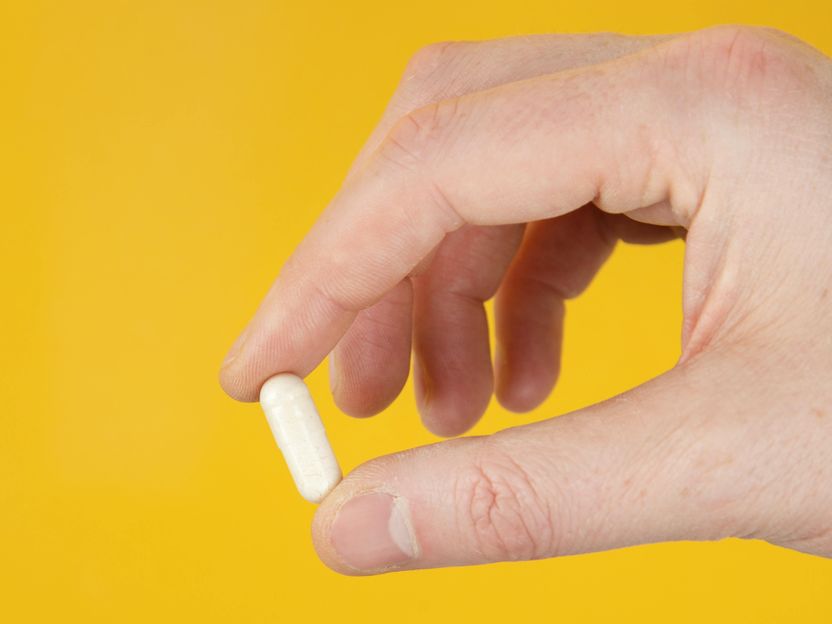Personalised medications possible with 3D printing
Customised medicines could one day be manufactured to patients' individual needs, with University of East Anglia (UEA) researchers investigating technology to 3D 'print' pills.

Symbolic image
Photo by Julia Zolotova on Unsplash
The team, including Dr Andy Gleadall and Prof Richard Bibb at Loughborough University, identified a new additive manufacturing method to allow the 3D printing of medicine in highly porous structures, which can be used to regulate the rate of drug release from the medicine to the body when taken orally.
Dr Sheng Qi, a Reader in Pharmaceutics at UEA's School of Pharmacy, led the research. The project findings, 'Effects of porosity on drug release kinetics of swellable and erodible porous pharmaceutical solid dosage forms fabricated by hot melt droplet deposition 3D printing', are published in the International Journal of Pharmaceutics.
Dr Qi said: "Currently our medicines are manufactured in 'one-size-fits-all' fashion.
"Personalised medicine uses new manufacturing technology to produce pills that have the accurate dose and drug combinations tailored to individual patients. This would allow the patients to get maximal drug benefit with minimal side effects.
"Such treatment approaches can particularly benefit elderly patients who often have to take many different types of medicines per day, and patients with complicated conditions such as cancer, mental illness and inflammatory bowel disease."
The team's work, Dr Qi said, is building the foundation for the technology needed in future to produce personalised medicine at the point-of-care. She said 3D printing has the unique ability to produce porous pharmaceutical solid dosage forms on-demand.
Pharmaceutical 3D printing research is a new research field that has rapidly developed in the past five years. Most commonly used 3D printing methods require the drug being processed into spaghetti-like filaments prior to 3D printing.
The team investigated a newly developed 3D printing method that can rapidly produce porous pharmaceutical tablets without the use of filaments. The results revealed that by changing the size of the pores, the speed of a drug escaping from the tablet into the body can be regulated.
Further research will be required in order to use the porosity to tailor the dose and dosing frequency (i.e. once daily or twice daily) of medicine to each patient's needs, and use this principle to build multiple medicines into a single daily poly-pill for patients who are on a complex medicine regiment.
Original publication
"Effects of porosity on drug release kinetics of swellable and erodible porous pharmaceutical solid dosage forms fabricated by hot melt droplet deposition 3D printing"; International Journal of Pharmaceutics; 2021
Original publication
"Effects of porosity on drug release kinetics of swellable and erodible porous pharmaceutical solid dosage forms fabricated by hot melt droplet deposition 3D printing"; International Journal of Pharmaceutics; 2021
Organizations
Other news from the department science

Get the life science industry in your inbox
By submitting this form you agree that LUMITOS AG will send you the newsletter(s) selected above by email. Your data will not be passed on to third parties. Your data will be stored and processed in accordance with our data protection regulations. LUMITOS may contact you by email for the purpose of advertising or market and opinion surveys. You can revoke your consent at any time without giving reasons to LUMITOS AG, Ernst-Augustin-Str. 2, 12489 Berlin, Germany or by e-mail at revoke@lumitos.com with effect for the future. In addition, each email contains a link to unsubscribe from the corresponding newsletter.






















































